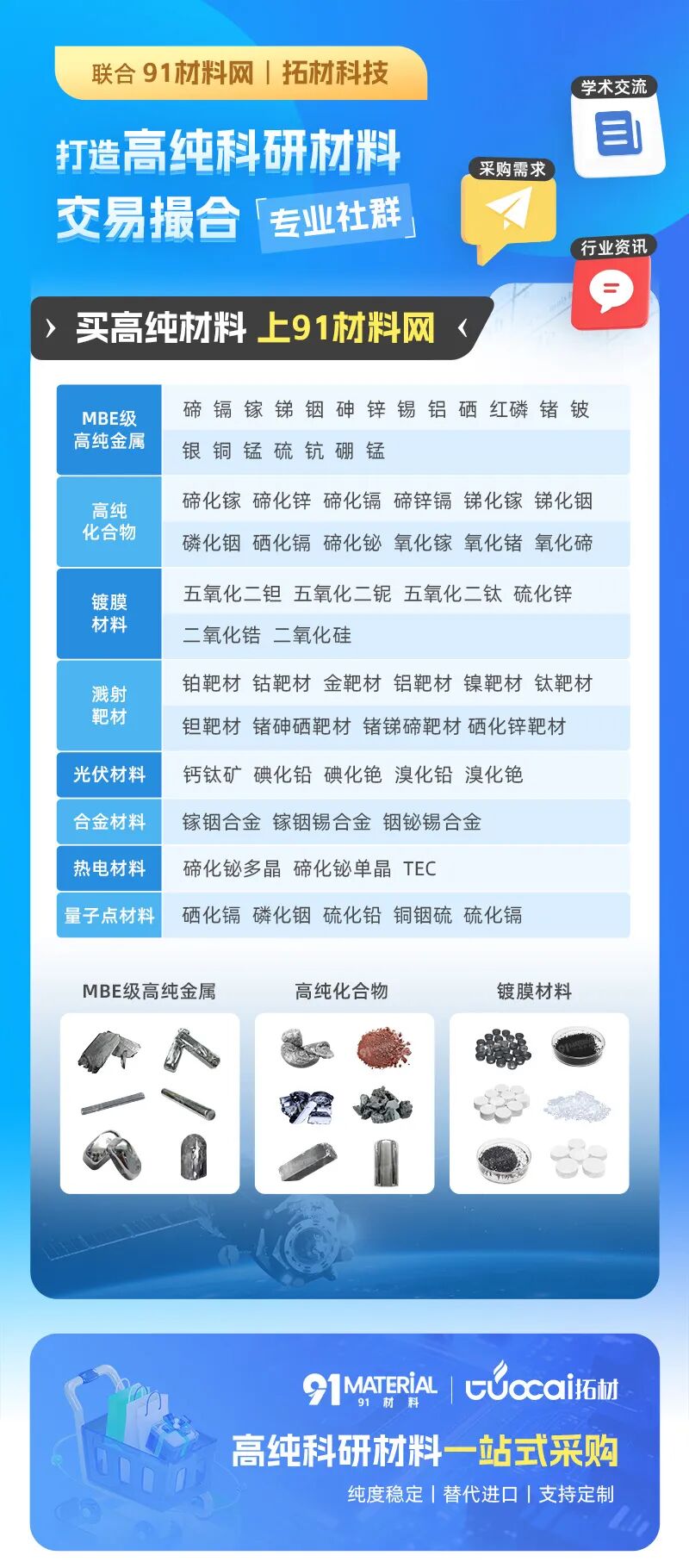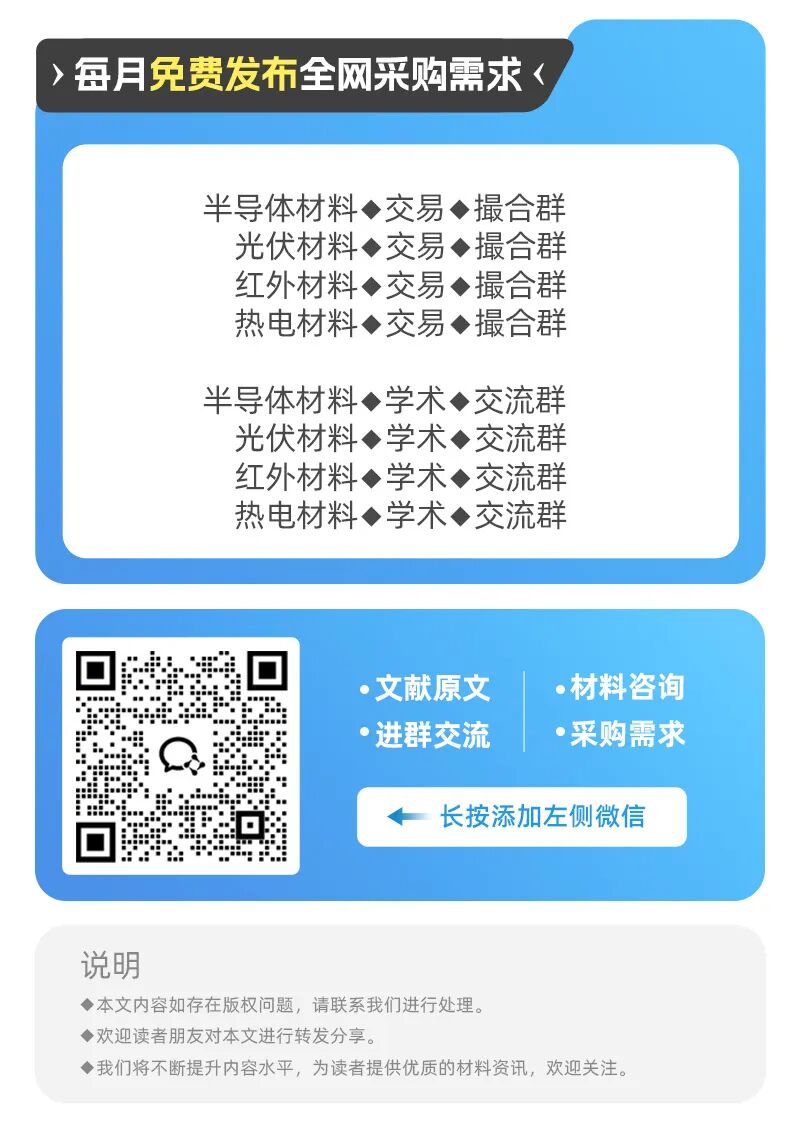This study successfully prepared controllable π-π conjugated stacking of T-ZnTPyP and H-ZnTPyP through thermal regulation. The high temperature effectively restricted the participation of water molecules in the T-ZnTPyP stacking structure, enhancing the thermal stability of the material and accelerating the short-range migration rate of photogenerated charge carriers.

Field Overview: Photocatalytic water splitting for hydrogen production is considered to have great potential in addressing the energy crisis and environmental pollution. In recent years, various inorganic and organic photocatalysts have been developed, with organic supramolecular photocatalysts receiving widespread attention due to their broad visible light response, diverse structural units, and tunable energy levels.
Research Significance: Developing a strategy to precisely control charge transfer pathways is crucial for enhancing the photocatalytic activity of organic supramolecular photocatalysts.
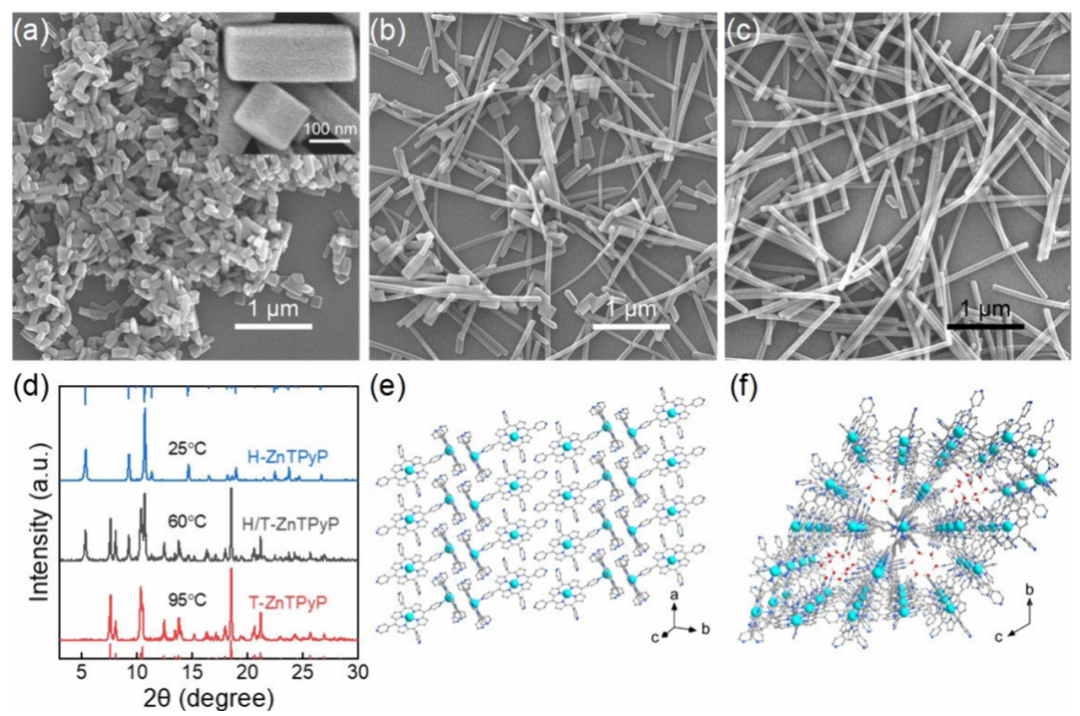
Figure 1: Morphology, crystal structure characterization, and schematic diagram of molecular stacking structure of T-ZnTPyP and H-ZnTPyP.

Research Objective: To develop a strategy for achieving long-range photogenerated charge carrier transfer pathways through morphology control, thereby enhancing the photocatalytic hydrogen production performance of organic supramolecular photocatalysts.
Hypothesis: By changing the assembly temperature, the stacking mode of ZnTPyP molecules can be regulated, optimizing the charge transfer pathway and improving photocatalytic activity.
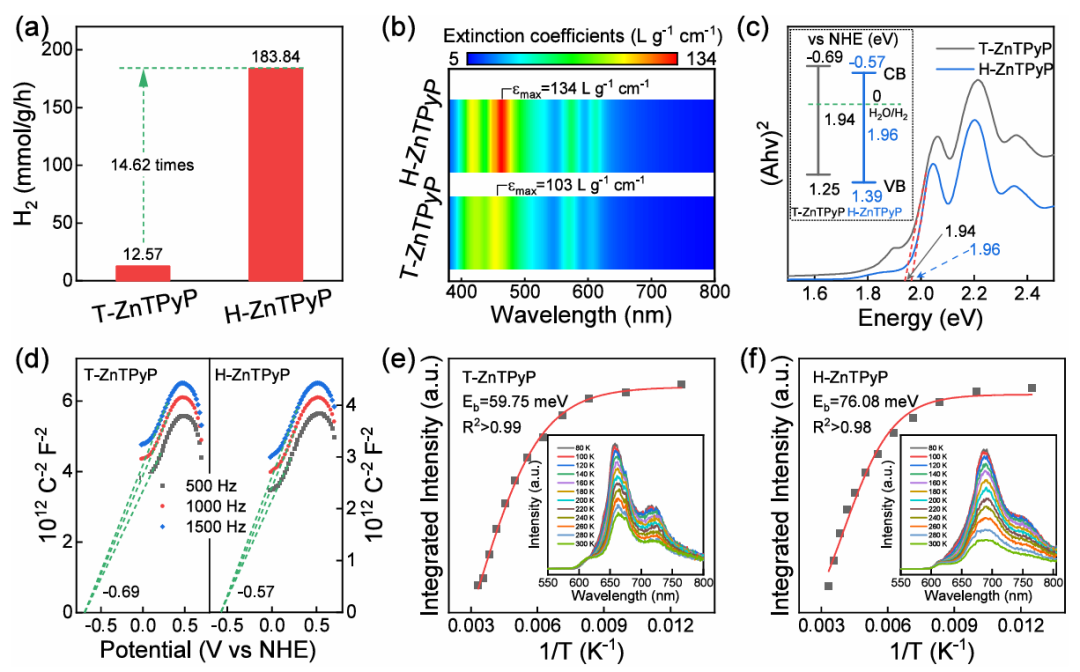
Figure 2: Photocatalytic hydrogen production activity and light absorption capacity of T-ZnTPyP and H-ZnTPyP.

New Material Design: By changing the assembly temperature, the stacking mode of ZnTPyP molecules is regulated to form different π-π stacking structures.
Experimental Design: The photocatalytic activity of different morphologies of ZnTPyP was evaluated through photocatalytic hydrogen production experiments, and the charge transfer mechanism was analyzed in conjunction with theoretical calculations.
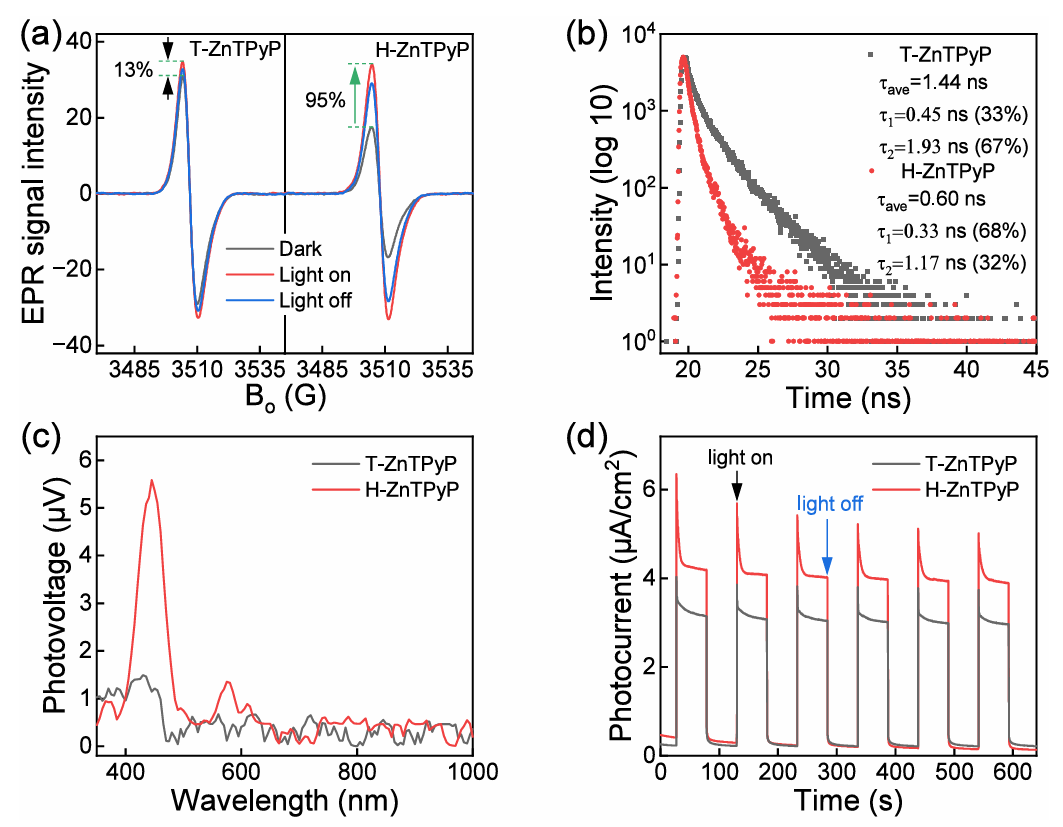
Figure 3: Characterization of the migration efficiency of photogenerated charge carriers in T-ZnTPyP and H-ZnTPyP.

Data Presentation: SEM images show that the nanostructures formed at 95°C are square nanorods, at 60°C a mixture of nanorods and nanowires, and at room temperature uniform nanowires.
Result Interpretation: The unique molecular arrangement in H-ZnTPyP supports a continuous linear long-range electron transfer pathway, while the π-π stacking in T-ZnTPyP is restricted, leading to interruptions in the electron transfer pathway.
Comparison and Contrast: Compared to T-ZnTPyP, H-ZnTPyP exhibits significant advantages in light absorption capacity, charge carrier mobility, and photogenerated charge separation efficiency.
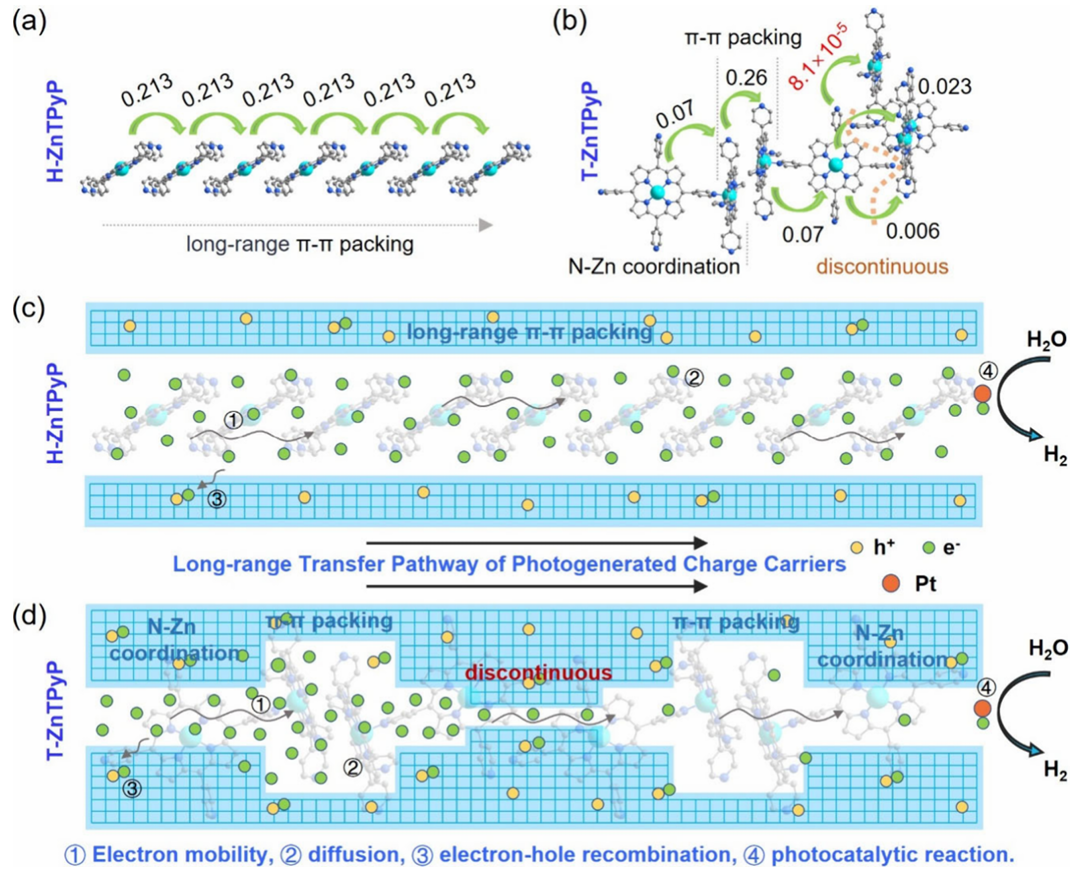
Figure 4: Schematic diagram of the photonic migration and diffusion of T-ZnTPyP and H-ZnTPyP.

Innovations and Contributions: Achieved regulation of π-π stacking in organic supramolecular photocatalysts through morphology control, providing a new strategy for optimizing charge transfer.
Limitations: The study mainly focuses on laboratory conditions, and the stability and reproducibility in practical applications still need further verification.
Future Directions: Explore morphology control strategies for other organic supramolecular systems to further enhance photocatalytic performance.
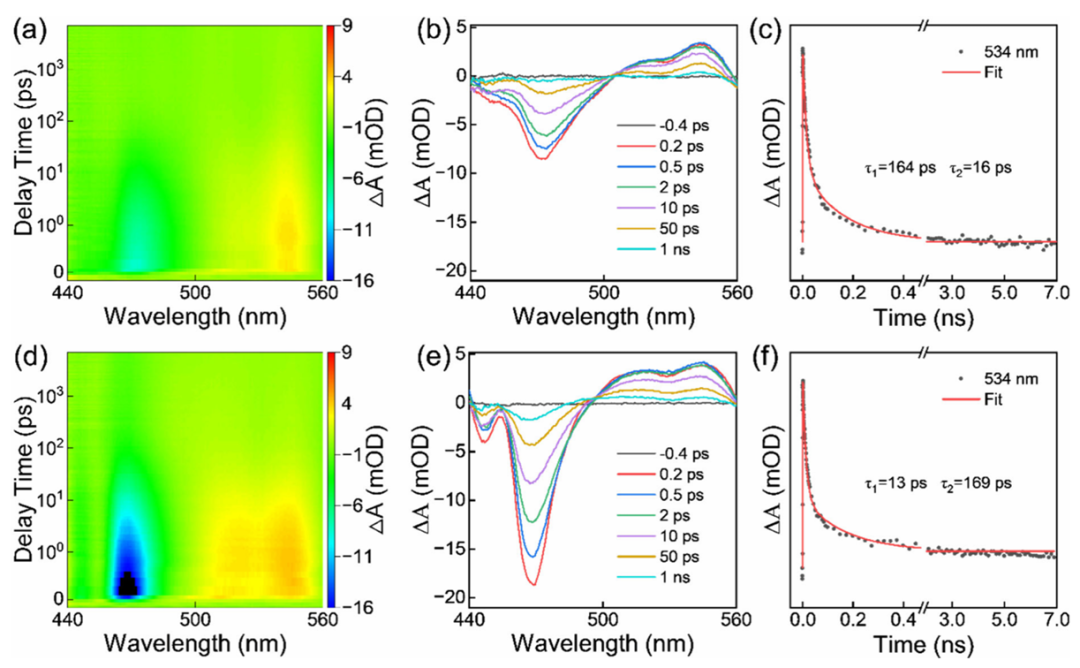
Figure 5: Characterization of the migration process of charge carriers in T-ZnTPyP and H-ZnTPyP.

Core Findings: Achieved regulation of π-π stacking of ZnTPyP molecules through morphology control, significantly enhancing photocatalytic hydrogen production performance. H-ZnTPyP exhibits significantly higher photocatalytic activity, attributed to its continuous linear long-range electron transfer pathway.
Practical Application Potential: This research provides new insights for developing high-performance organic supramolecular photocatalysts, with potential applications in solar-driven water splitting for hydrogen production.

Insights and Questions: This study proposes a new strategy for optimizing charge transfer through morphology control, but ensuring the long-term stability and reusability of the catalyst in practical applications is a key issue.
Connections and Insights: This study provides important references for researchers engaged in photocatalysis and supramolecular chemistry, particularly in regulating molecular stacking and optimizing charge transfer.

Title: Morphology-Controlled Long-Range Photogenerated Charge Carrier Transfer Pathway for Enhanced Photocatalytic Hydrogen Production
Authors: Shuanghong Liu, Sudi Chen, Jiefei Wang, Gaoyang Wang, Peng-Cheng Duan, Rui Zhu, Yu Jia, Feng Bai, Yong Zhong
Publication Information: Nano Lett. 2025, 25, 11, 4596–4604, Published Online: March 6, 2025
Original Article URL:
https://pubs.acs.org/doi/10.1021/acs.nanolett.5c00528
(For the original document, please contact customer service at the end of the article)
